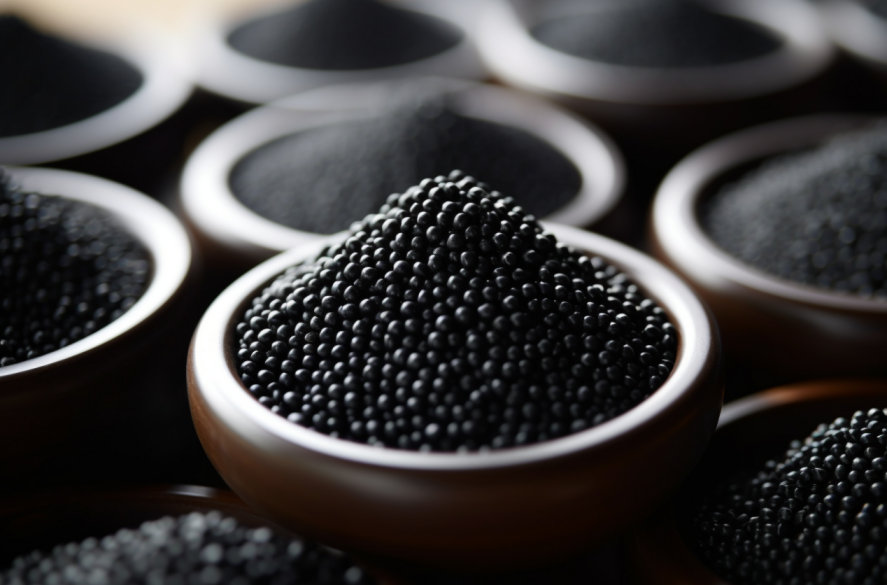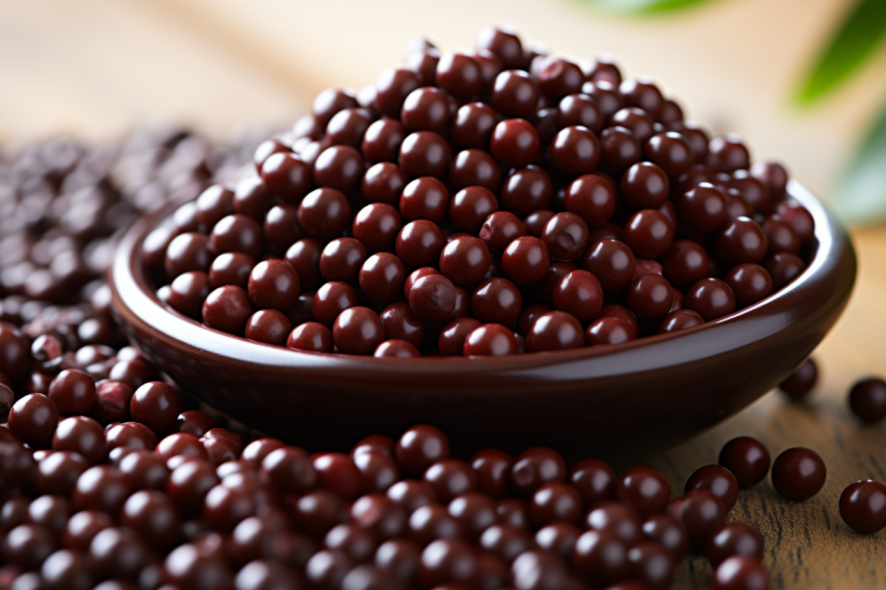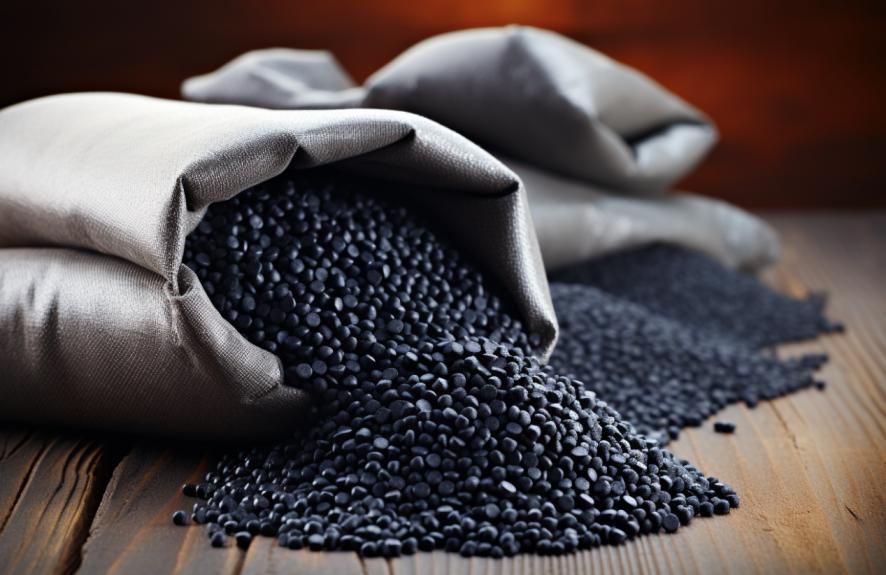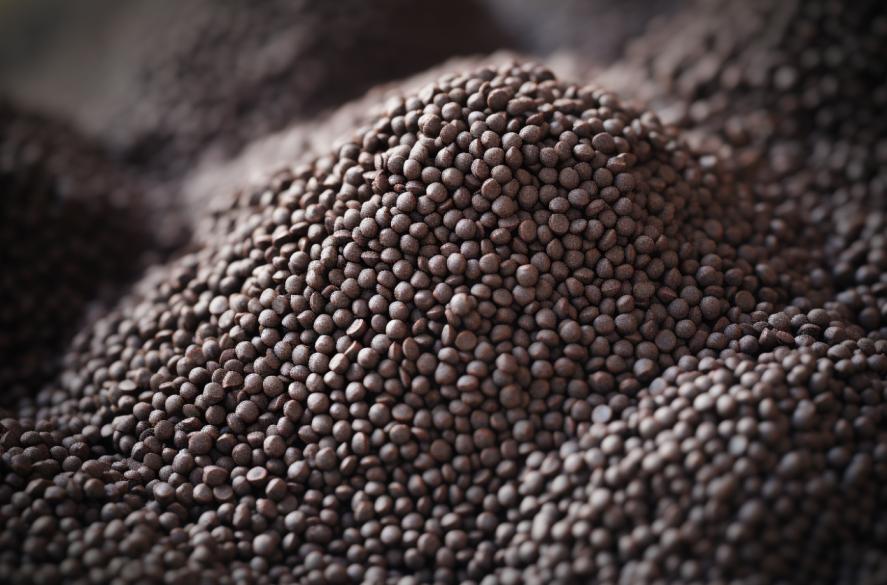Looking for Antioxidant TMQ? Come Here Now
21/08/2024
As the global natural rubber market continues to expand, the demand for TMQ and other advanced rubber antioxidants will grow. The focus on sustainability and performance will drive innovation in the industry, ensuring that rubber products continue to meet the highest standards of durability and environmental adaptability. The future of antioxidant TMQ looks promising, with significant opportunities for growth and development in the coming years.
What is Antioxidant TMQ?
Definition and Composition
Antioxidant TMQ, also known as Polymerized 2,2,4-Trimethyl-1,2-Dihydroquinoline, is a powerful and widely used antioxidant in the rubber industry. It is known for its exceptional ability to protect rubber materials from aging and degradation. TMQ is typically presented as a dark brown to black granular solid, making it easy to incorporate into various rubber compounds during the manufacturing process.

Historical Context
The development and widespread use of TMQ trace back several decades. Originally formulated to address the rapid degradation of rubber materials exposed to environmental stressors, TMQ has evolved through continuous research and development. Its superior performance in enhancing the durability of rubber products has established it as a staple in the rubber industry.
Applications in the Industry
TMQ is extensively used in various rubber products, including tires, belts, hoses, and other industrial rubber goods. Its role is critical in ensuring that these products can withstand harsh conditions such as extreme temperatures, mechanical stress, and exposure to ozone. By preventing premature aging and failure, TMQ helps extend the lifespan and reliability of rubber products, which is essential for both consumer safety and economic efficiency.
How Antioxidant TMQ Works
Mechanism of Action
The primary function of antioxidant TMQ is to inhibit the oxidative degradation of rubber. This degradation process, known as oxidative aging, occurs when rubber is exposed to oxygen, heat, and other environmental factors. TMQ works by neutralizing free radicals and reactive oxygen species (ROS) generated during the oxidation process. By interrupting these oxidative reactions, TMQ effectively prevents the deterioration of the rubber matrix.
Thermal and Ozone Resistance
One of the key benefits of TMQ is its ability to provide robust protection against thermal aging and ozone degradation. Rubber products are often subjected to high temperatures during their service life, which can accelerate aging and cracking. TMQ enhances the thermal stability of rubber, allowing it to maintain its properties and performance at elevated temperatures. Additionally, TMQ’s ozone resistance is crucial for outdoor applications, where exposure to ozone can lead to surface cracks and material failure.
Flexibility and Mechanical Stability
In addition to thermal and ozone resistance, TMQ significantly improves the mechanical stability and flexibility of rubber products. Rubber materials can undergo significant flexing and bending during use, which can lead to fatigue and cracking over time. TMQ helps preserve the elasticity and tensile strength of rubber, ensuring that it remains resilient and durable under repeated mechanical stress.
Global Natural Rubber Supply and Antioxidant TMQ Demand
Increasing Natural Rubber Production
The global natural rubber market is experiencing a steady increase in production. In 2023, the global production of natural rubber was 14.319 million tons. Projections for 2024 indicate a growth to 14.542 million tons, marking a year-on-year increase of 1.6%. This upward trend in natural rubber production is a crucial driver for the demand for rubber antioxidants, such as TMQ, which play a vital role in enhancing the longevity and performance of rubber products.

Significance of TMQ in the Rubber Industry
TMQ, known for its superior performance, is a universal rubber antioxidant. It significantly improves the resistance of rubber products to heat aging, ozone aging, and flex-cracking. These protective qualities make TMQ indispensable in the rubber industry, ensuring that rubber products can withstand harsh environmental conditions and maintain their integrity over extended periods.
TMQ and Environmental Adaptability
With the increase in global natural rubber production, the demand for rubber antioxidants like TMQ is also on the rise. This growth reflects not only the development trends within the rubber industry but also the growing need for environmentally friendly and high-performance rubber antioxidants. The use of environmentally friendly antioxidants like TMQ enhances the environmental adaptability and durability of rubber products, meeting the dual demands of the market for both performance and sustainability.
The Role of CHEMBROAD in Supplying Antioxidant TMQ
CHEMBROAD’s Market Presence
CHEMBROAD is a prominent supplier of antioxidant TMQ, catering to the growing global demand. The company has established itself as a reliable provider, ensuring a consistent supply of high-quality TMQ to meet the needs of the rubber industry. Their commitment to quality and sustainability positions them as a key player in the market.

Ensuring Quality and Performance
CHEMBROAD focuses on maintaining the highest standards in the production of TMQ. Their rigorous quality control processes ensure that each batch of TMQ meets the stringent requirements of the rubber industry. This dedication to quality ensures that rubber products treated with TMQ from CHEMBROAD exhibit superior aging resistance and durability.
Sustainable Practices and Innovation
In addition to quality, CHEMBROAD emphasizes sustainable practices in their production processes. They are continually innovating to improve the environmental impact of their products. By adopting eco-friendly manufacturing techniques and sourcing sustainable materials, CHEMBROAD not only meets current market demands but also anticipates future regulatory requirements and industry trends.
Market Dynamics and Future Prospects
Increasing Demand for High-Performance Rubber Antioxidants
The growing global supply of natural rubber is a clear indicator of the increasing demand for high-performance rubber antioxidants like TMQ. As rubber products are used in a wide range of applications, from automotive to industrial, the need for durable and reliable materials is paramount. TMQ’s ability to enhance the lifespan and performance of rubber products makes it a crucial component in these industries.
Environmental and Regulatory Influences
Environmental considerations and regulatory frameworks are increasingly influencing the rubber industry. There is a significant push towards reducing the environmental impact of manufacturing processes and products. Antioxidants like TMQ, which offer both high performance and environmental benefits, are becoming more critical as companies strive to meet these dual objectives.

The Future of TMQ in the Global Market
Looking ahead, the market for TMQ is expected to grow in tandem with the rising production of natural rubber. Innovations in manufacturing and an increased focus on sustainability will drive the demand for advanced rubber antioxidants. Suppliers like CHEMBROAD, who are at the forefront of these developments, are well-positioned to lead the market in the coming years.
Conclusion
The global market for antioxidant TMQ is poised for growth in 2024, driven by the increase in natural rubber production and the heightened demand for high-performance, environmentally friendly rubber products. TMQ’s superior protective qualities make it indispensable in enhancing the longevity and durability of rubber products, positioning it as a key component in the rubber industry.
Suppliers like CHEMBROAD play a crucial role in meeting this demand by providing high-quality, sustainable TMQ. Their commitment to innovation and environmental responsibility ensures that they remain leaders in the market, capable of adapting to the evolving needs of the industry.




